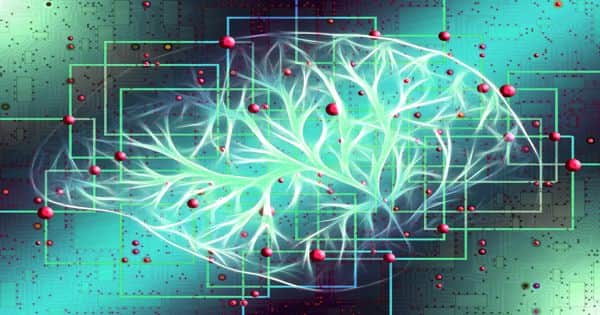In nature, millions of animals communicate in billions of different ways with them and their environment. Ecosystems also appear unpredictable, or at least daunting, to those attempting to consider and forecast the future. The analysis shows that explainable artificial intelligence is a field that investigates and encourages communication between humans and machines in a manner that only starts to harm the surface.
Artificial Intelligence (AI) is a broad-based field of computer science dealing with the development of smart machines capable of executing tasks that usually require human intelligence. Artificial intelligence and machine learning can identify patterns and forecast results in ways that also mimic human reasoning. They pave the way for ever-increasing cooperation between humans and machines.
Artificial intelligence helps scientists develop new general models in ecology. A particular method called symbolic regression allows the evolution of human-interpretable formulas that explain natural laws.
Within AI, evolutionary computing techniques mimic, in some way, the evolutionary mechanisms of animals in the real world. A specific approach called symbolic regression allows for the evolution of human-interpretable formulas that describe natural laws. “We used symbolic regression to demonstrate that computers are able to derive formulas that represent the way ecosystems or species behave in space and time. These formulas are also easy to understand. They pave the way for general rules in ecology, something that most methods in AI cannot do,” says Pedro Cardoso, curator at the Finnish Museum of Natural History, University of Helsinki.
With the aid of the symbolic regression process, an interdisciplinary team from Finland, Portugal, and France has been able to understand why some organisms live in some regions and not in others, and why some regions have more species than others. For example, researchers have been able to find a new general model that explains why certain islands have more biodiversity than others. Oceanic islands have a normal life-cycle that rises from volcanoes and gradually submerges in erosion after millions of years. Without human feedback, the algorithm was able to find that the number of island organisms increases with the island age and peaks of the Middle Ages, where erosion is still poor.
“The explanation was known, a couple of formulas already existed, but we were able to find new ones that outperform the existing ones under certain circumstances,” says Vasco Branco, a Ph.D. student working on the automation of extinction risk assessments at the University of Helsinki. Research shows that explainable artificial intelligence is an area to explore and encourage interaction between humans and machines in ways that only now begin to scratch the surface.
“Evolving free-form equations purely from data, often without prior human inference or hypotheses, may represent a very powerful tool in the arsenal of a discipline as complex as ecology,” says Luis Correia, professor of computer science at the University of Lisbon.















